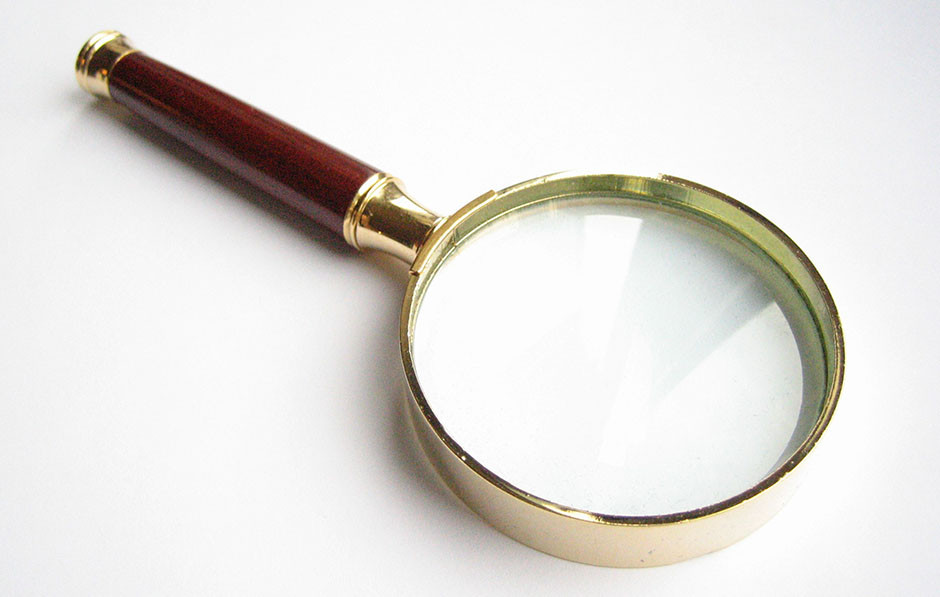
Part of the pleasure of collecting is knowing how to spot an antique. The surge of joy as you turn over a treasure to find a rare maker’s mark, the pure happiness of trawling a good antiques centre. Some are obvious, some less so - and value is subject to guesstimates. Prices can go up over time and they can plummet. But antiques (objects that are over 100 years old) always remains antiques.
The more you invest energy into learning how to recognise an antique, the more your eye for genuine pieces will mature. From glassware to furniture, here’s how to tell if an antique is valuable to feel the true satisfaction of a quality find. We’ll warn you now though, it’s addictive.
How to tell if an antique is valuable? Specialise.
Every time we ask ‘what is this antique object?’ - turning it over in our hands - we’re trying to uncover the story within it. And you must unweave that story in order to figure out its value. You need to know how to identify dates, characteristics, forgeries and copies to have some idea what they might fetch at auction.
The best way to spot an antique is to become an expert in niche areas. Research and experience will give you the confidence of knowing how to tell if something is antique and in turn, whether it is fairly priced. Get a feel for your subjects and general costs - our antiques blog is full of predicted auction values covering a wide range of specialisms. Here are two of the most common areas to specialise in to get you started:
● How to tell if furniture is antique or reproduction
The problem for a would-be collector is knowing how to tell if your furniture is antique or forged. Reproductions have been made every century, so they still have a legitimate place in the world of antiques, so long as they are sold honestly. Do keep this in mind - if a dealer tells you a piece is genuine and it’s a fake or reproduction, they are breaking the Trade Descriptions Act.
If you want to learn how to tell the age of antique furniture, it makes sense to know the signs of natural aging. A mellow patina is a dream for sellers of antique furniture, massively increasing the value. But there are plenty of ways to forge this. Every buyer or seller should know how to recognise antique furniture that’s been played about with.
Look out for artificial distressing, such as exaggerated rusting on nails and inconsistent colouring. Doors, handles and cornices are often altered in reproductions, so inspect the smaller details. Read our guide to buying and selling antique furniture for more tips on how to spot an antique sofa, wardrobe, bookcase, desk and more.
● How to tell if glass is antique
Glass doesn’t age easily, which means we must look at other characteristics for signs of antiquity. It mainly comes down to the materials used and the decorative finishes, which you can read about in detail in our guide to antique glass. With their vibrant decorative layers, cameo glass antiques are probably the easiest types to spot. Look out for examples made by British makers Thoomas Webb & Sons - a three-colour antique vase from these 19th-century brothers can fetch up to £40,000 at auction.
Where to find genuine antiques
Experienced collectors don’t buy haphazardly. But generally, they go for what they like. The best place to buy antiques is from dealers, shops and centres that are members of trade associations such as the British Antique Dealers’ Association (BADA). Always examine a piece thoroughly before buying and when possible, go and inspect it in person, rather than online.
At Hemswell Antiques Centres, we make sure the antique-buying experience is a day out in itself. With four buildings and two delightful coffee shops all within the historic setting of RAF Hemswell (home to the Lancaster Bomber during WW2), antique lovers travel from all over the world to explore our treasures. Come have the trawl of your life and discover the wonder of antiques at our Lincoln base - here’s how to find us.